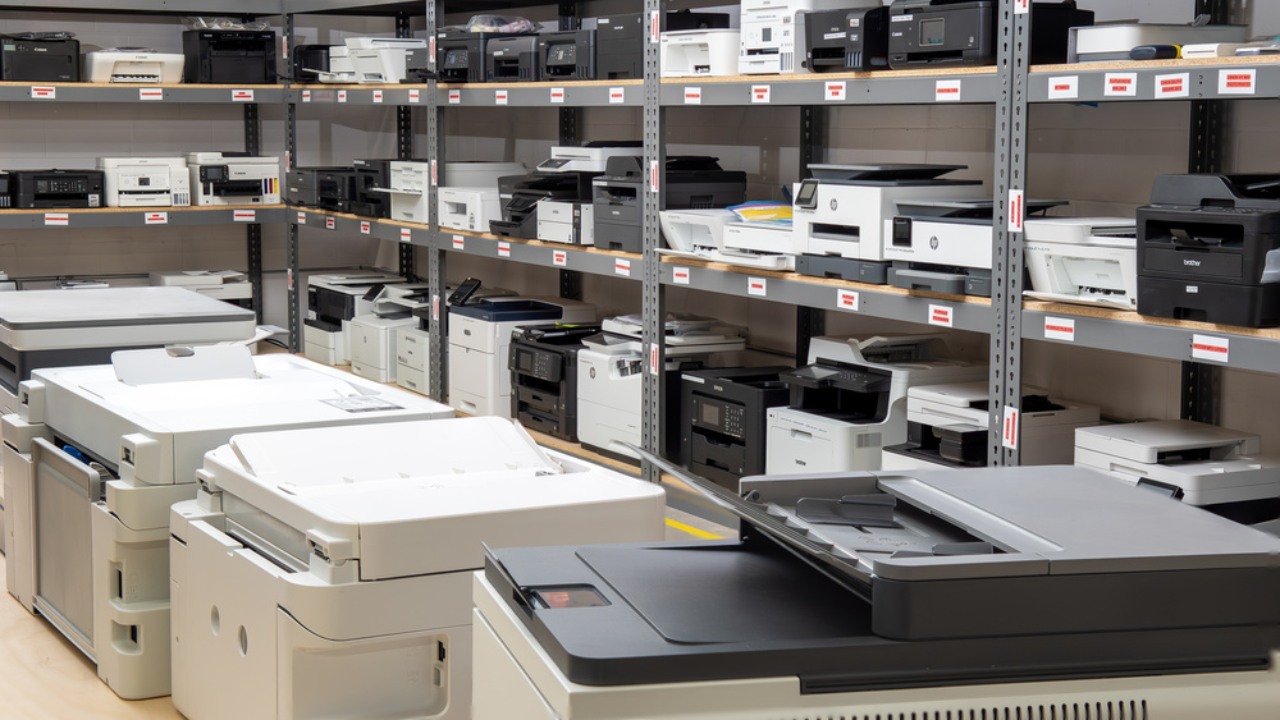Epson printers are known for their exceptional quality and user-friendly features. However, before enjoying their benefits, you must properly install the printer. Whether you’re using it for the first time or reinstalling it, this detailed guide will help you set up your Epson printer for seamless functionality.
Unboxing and Setting Up Your Epson Printer
1. Unbox the Printer
Start by unboxing your Epson printer and ensuring all components are included.
Steps to Unbox the Printer:
- Remove the printer from its packaging.
- Take out all accessories, such as the power cable, cartridges, and manuals.
- Remove any protective tape, foam, or plastic from the printer.
2. Assemble the Printer
Once unboxed, set up the printer in a suitable location.
Steps to Assemble the Printer:
- Place the printer on a flat, stable surface near a power outlet.
- Connect the power cable to the printer and plug it into the wall socket.
- Turn on the printer using the power button.
Installing Ink Cartridges and Loading Paper
1. Installing Ink Cartridges
Ink or toner cartridges are essential for your printer’s operation.
Steps to Install Ink Cartridges:
- Open the cartridge access door and wait for the carriage to move to the center.
- Unpack the cartridges and remove the protective tape, avoiding contact with the copper contacts.
- Insert the cartridges into their designated slots. Push gently until they click into place.
- Close the cartridge access door.
2. Loading Paper
To load paper into your Epson printer:
Steps to Load Paper:
- Open the paper tray and adjust the guides to fit your paper size.
- Load the paper, ensuring it’s aligned and not overfilled.
- Push the paper tray back into the printer.
Connecting the Printer to Your Device
1. Wireless (Wi-Fi) Connection
Epson printers often support Wi-Fi, enabling wireless printing from various devices.
Steps for Wi-Fi Setup:
- On the printer’s control panel, navigate to Wi-Fi Setup.
- Select Wi-Fi Setup Wizard and wait for the list of available networks to appear.
- Choose your Wi-Fi network and enter the password using the on-screen keyboard.
- Confirm the connection and wait for the printer to establish a stable Wi-Fi connection.
2. USB Connection
For a direct connection, use a USB cable.
Steps for USB Connection:
- Connect the printer to your computer using a USB cable.
- Turn on the printer, and your computer will detect it automatically.
- Install the necessary drivers if prompted.
3. Ethernet Connection
For offices, an Ethernet connection is ideal for networked printing.
Steps for Ethernet Connection:
- Plug the Ethernet cable into the printer and your router or switch.
- Use the printer’s control panel to configure the network settings.
- Test the connection by printing a configuration page.
Installing Epson Printer Drivers and Software
1. Download Drivers from Epson’s Website
Steps to Download Drivers:
- Visit the official Epson Support website.
- Search for your printer model.
- Download the latest drivers and software compatible with your operating system.
2. Install the Drivers
Steps to Install Drivers:
- Run the downloaded setup file.
- Follow the on-screen instructions to install the drivers.
- Select the connection type (Wi-Fi, USB, or Ethernet).
3. Use the Epson Smart Panel App
For mobile devices, the Epson Smart Panel app simplifies the installation process.
Steps to Use the App:
- Download the app from your device’s app store.
- Open the app and select Set Up a New Printer.
- Follow the prompts to complete the installation.
Printing a Test Page
Steps to Print a Test Page:
- Access the printer settings on your computer or the Epson Smart Panel app.
- Select Print a Test Page or a similar option.
- Review the printout for proper alignment and quality.
Troubleshooting Common Installation Issues
1. Printer Not Detected
If your computer or device cannot detect the printer:
- Ensure the printer is powered on.
- Check the USB or network connection.
- Reinstall the drivers or run the setup process again.
2. Wi-Fi Connectivity Issues
For wireless setup problems:
- Verify the Wi-Fi network credentials.
- Restart your printer, router, and computer.
- Move the printer closer to the router to improve signal strength.
3. Driver Installation Errors
If you encounter errors during driver installation:
- Ensure you downloaded the correct driver for your operating system.
- Disable antivirus software temporarily during installation.
- Restart your computer and try again.
Using Additional Epson Features
1. Epson iPrint App
Epson iPrint allows you to print from your smartphone or tablet.
Steps to Use the Epson iPrint App:
- Download the Epson iPrint app from your app store.
- Connect the app to your printer via Wi-Fi.
- Print photos, documents, and more directly from your device.
2. Email Print
With Epson Email Print, you can send documents to your printer via email.
Steps to Use Email Print:
- Register your printer with Epson Connect.
- Assign an email address to the printer.
- Send print jobs by emailing the documents to the printer’s address.
3. Remote Print Driver
This feature enables printing from remote locations.
Steps to Use Remote Print Driver:
- Install the Epson Remote Print Driver on your computer.
- Log in to your Epson Connect account.
- Select the printer and print remotely.
Maintaining Your Epson Printer
1. Keep Firmware Updated
Regularly check for firmware updates on the Epson website to ensure optimal performance.
2. Clean the Printer
Dust and debris can affect print quality.
- Use a soft cloth to clean the printer’s exterior.
- Follow the manual’s instructions for internal cleaning.
3. Store Ink Properly
Store ink cartridges in a cool, dry place to maintain their quality. Avoid exposing them to extreme temperatures.
4. Use Genuine Epson Supplies
For the best results, always use genuine Epson ink and paper.
5. Run Regular Maintenance Checks
Use the printer’s maintenance tools, such as printhead cleaning and nozzle checks, to maintain print quality.
